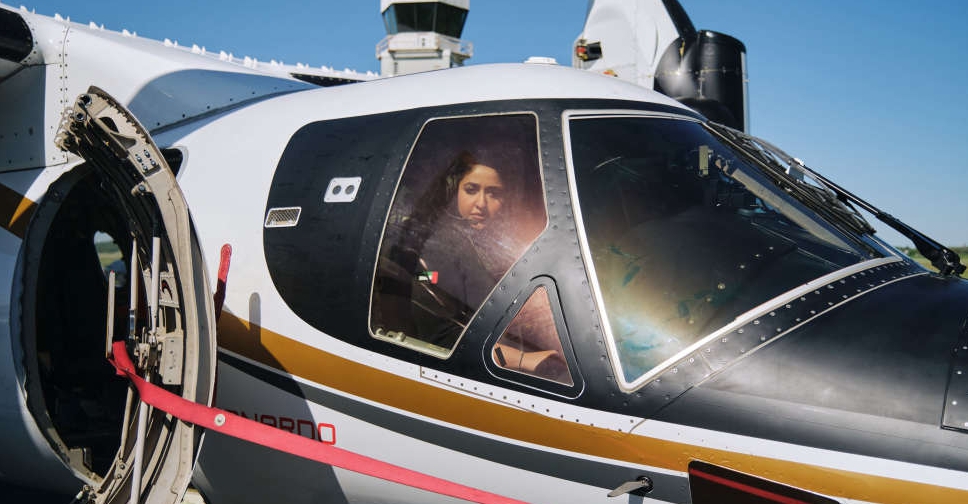
The UAE's Sheikha Mozah bint Marwan Al Maktoum has set a new milestone in civil aviation.
She has become the first woman to pilot the AW609 tiltrotor - a revolutionary aircraft that is set to redefine point-to-point transportation.
It is able to operate different kind of missions, thanks to its ability to take off and land vertically and hover like a helicopter.
Sheikha Mozah tested the versatile aircraft during her visit to the US helicopter headquarters of the aerospace firm Leonardo.
"It was not only a personal milestone but an opportunity to shatter another glass ceiling for women. I always push myself beyond my limits to prove that if I can do it, it is also within the reach of anyone else who is determined enough to try," said Sheikha Mozah on the opportunity to personally test the AW609, the world’s first tiltrotor set to receive civil certification.
"Piloting the AW609 has been something I’ve truly wanted to experience since I first saw the early prototype images. It is the natural evolution of my piloting experience, merging both fixed and rotary-winged piloting skills. Aircrafts like the AW609 tiltrotor make me feel really excited about the future of aviation, a future now open to more women who chose this industry," she added.
Sheikha Mozah bint Marwan Al Maktoum has become the first woman to pilot the AW609 tiltrotor, setting a new and important milestone for female pilots in civil aviation.https://t.co/Ixc2yO1DsQ pic.twitter.com/kCXqLgtN9G
— Dubai Media Office (@DXBMediaOffice) May 30, 2022
The AW609 is one of the most significant technological innovations in the civil aviation landscape, melding the helicopter’s operational versatility (taking off and landing vertically) and the airplane’s performance advantages (pressurised cabin, speed, altitude and endurance abilities).
The aircraft is able to operate different kind of missions, including VIP transport, emergency medical service, search and rescue, and government applications.
It can fly at a speed of more than 500 km/h with a range of almost 1,400 km, which increases to 2,000 km with auxiliary tanks.
 Road closures announced for Dubai Run
Road closures announced for Dubai Run
 Dubai Airports welcomes travellers with special stamp
Dubai Airports welcomes travellers with special stamp
 UAE steps up support for Sudanese refugees in Uganda
UAE steps up support for Sudanese refugees in Uganda
 Al Ain to host 53rd Eid Al Etihad official ceremony
Al Ain to host 53rd Eid Al Etihad official ceremony
